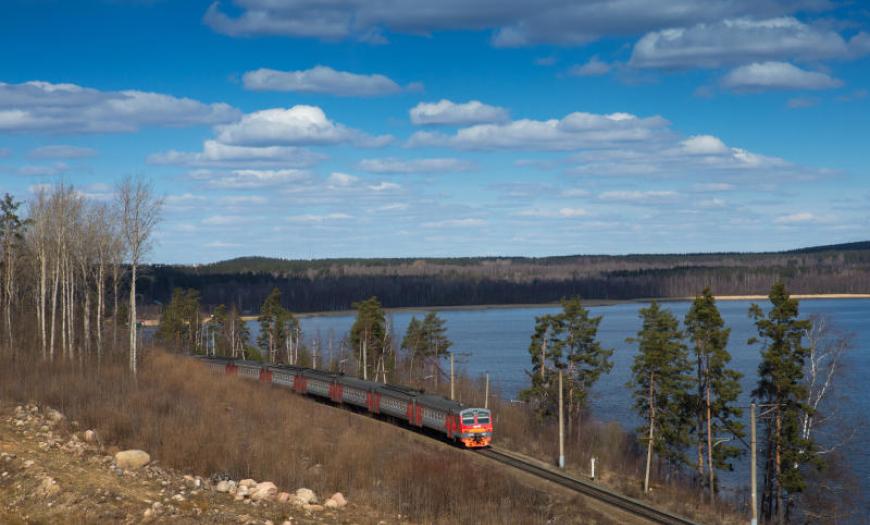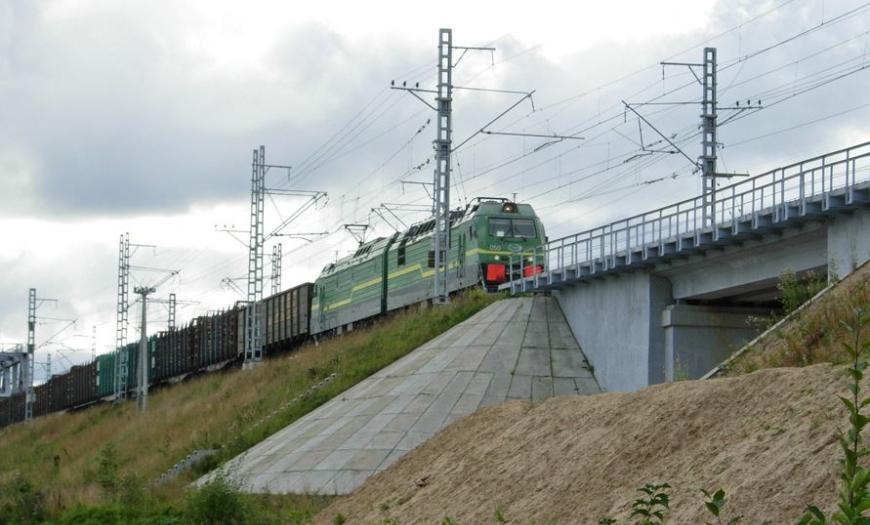The Losevo - Kamennogorsk railway line is a section of the Oktyabrskaya railway in the direction of Ruchyi-Petyayarvi - Kamennogorsk - Vyborg. Lengiprotrans has developed a project for the construction of the Losevo - Kamennogorsk line for the reconstruction of the St. Petersburg - Buslovskaya - Helsinki railway line for organizing high-speed passenger traffic and transferring freight traffic to the ports of the Gulf of Finland Vysotsk, Primorsk and Vyborg.
The railway runs along the central part of the Karelian Isthmus, along the Vuoksa lake-river system. A characteristic feature of the landscape is the placer of boulders that occur along the entire strip along the route. Their number increases in the direction from Losev to Kamennogorsk. The railway line crosses the following rivers and their tributaries: Vuoksa (km 1 and km 19), Strel (km 10), Lazurnaya (km 41), Slavyanka (km 53).
In the feasibility study, 4 options for the direction of the route were considered. At the same time, much attention was paid to solving environmental issues in accordance with regulatory documents.
The line is designed as double-track, electrified with direct current. According to the category, it is "especially loaded". The length of the route is 63 km. The project provides for the construction of bridge crossings at the intersection of watercourses, road and railway overpasses for interconnection with local roads, small artificial structures, traction substation sites.
Such a solution, which diverts trains with bulk cargo and coal, ensures the organization of safe high-speed passenger traffic and more rational use of the route to Finland through Svetogorsk. In addition, it allows you to preserve the ecological purity of the Kurortny district of St. Petersburg, where large health centers are concentrated.
According to calculations, the line's cargo density will reach 53.3 million tons per year by 2025.
Design of the high-speed highway St. Petersburg - Buslovskaya - Helsinki
Author's department:
Project Status:
Provision of increasing freight traffic and high-speed passenger traffic



